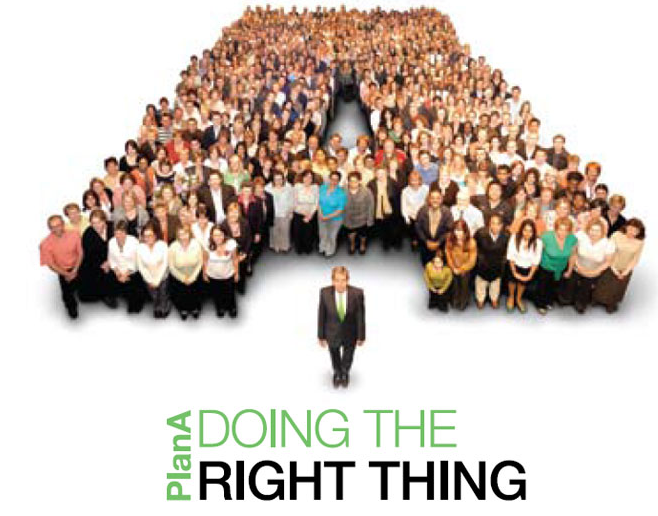“Great leaders don’t tell you what to do. They show you how it’s done”

One of the crucial skills that plays crucial role in retaining competitive advantage is leadership. The possession of attributes like charisma, intellectual, integrity, communication and clear focus heightens your potential to be an efficient leader (Daft, 2014). The main factor that should be emphasized is that a leader is there to motivate and stimulate and not to thrust commands (John Maxwell).
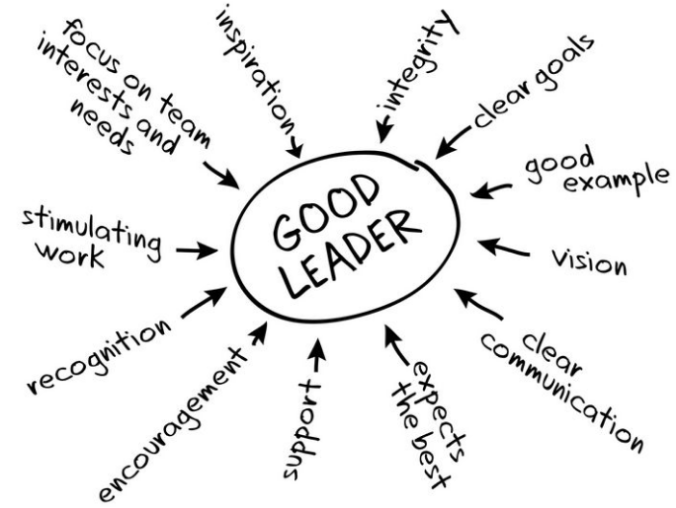
Characteristics of effective leadership style

https://www.forbes.com/sites/forbescoachescouncil/2017/07/26/five- qualities-to-improve-to-be-an-effective-leader/#7803d49b7aa0
I also believe that it is important to have an efficient vision and it should be communicated to the subordinates properly. With vivid goals, the leader can thrust positive influence on the people. I am very task-focused reflecting the elements of transactional leadership style in me. At the same time, I prefer a supportive nature than dominating the people. I believe, with mutual participation and sharing only, the goals can be achieved. My peers have appreciated me in several instances for the co-operation and motivation, I deliver. I have good networking skills also which is evident in the abundance of friends I have. But I think, I lose my temper easily which decreases my flexibility to adapt to different situations. I need to work on this parameter so that I can be an effectual leader who motivate and facilitate the transformation of myself and my subordinates.

We cannot do anything without a sum of good followers. So I believe in order to attain a sufficient number of followers I need to develop my personality with some additional qualities such as being a sensor, being dared to be different etc. I also think that I need to develop my management skills in order to manage my employees with strong empathy.I believe that in order to get best outcome the whole organisation is needed to be considered before your own. So I really do make plans in the presence of employees and solve the problems and even organise them as per their requirement. A follower need to perform two major roles: they need to be an implementer as well as they need to be a challenge of the leader’s ideas.
http://www.meetelaineross.com/7-qualities-of-a-strong-leader/
The irony is that there comes no leader without followers and also it is the quality and courage of the followers that influences which of the leader’s personality will grow. I believe that I could recognise the courageous leadership quality in me by checking the number of followers who revolve around me.

I think that followers are in need of a good leader, but that takes courage. I think I dare to take risks and I will supplement followers maintaining a good relationship with them. Followers are needed to encourage leaders while leaders are needed to encourage followers because courage always exists in the present and with courage one can deliver massive improvement.

Check out the video: Community How To Demonstrate Successful Leadership In The Workplace
I assume that it is the followers who tell the truth and the leaders who listen to it as an unbeatable combination that leads to the successful functioning of an organization. The interactive relationship between the leaders and the followers can help us in better understanding about various complex situations (Daft, 2014). I also believe that the function of an essential leader is to produce more leaders than more followers. I will work hard to improve my leadership skills so that I could attain more connection with the followers. I can take my years of knowledge and comprise it into one sentence.
“Greatest leaders I know are the followers”.

I wish I would have stepped up as a leader who would attract followers. I also understood that leadership is not just a title that’s given to me but something that makes guides me in the decision-making process. I can be a good leader only with the help of good followers. So in order to build up good followers, I need to focus on the needs and demands of my followers. I also understood that a leader who doesn’t meet the basic requirements of the followers would end up with as extricated workforce. The four basic requirements I observed includes trust, compassion, stability and hope. A leader can never be a good leader unless he/she values to strengths of their followers. I think a good leader will do inspire trust, provide hope, demonstrate stability and have compassion. I also heard about deficits in trust and compassion plenty, and this may lead to dissatisfaction among the followers.
Thus it can be stated that to be successful as a leader, I need to be able to both manage and lead the people (Low, 2013). It is necessary to possess communication, relationship and networking skills also to excel as a leader (Northouse, 2015). One of the main element I need to work on to enhance my potential to lead people is the adaptability skills. Thus with the right blend of all these elements, I can lead the people successfully.

References
Daft, R.L. (2014) The leadership experience. Cengage LeaFairhurst, G.T. and Connaughton, S.L., 2014. Leadership: A communicative perspective. Leadership, 10(1), pp
Low, P.K.C. (2013) Leadership and Ethics. In Leading Successfully in Asia (pp. 23-35). Springer Berlin Heidelberg.
Northouse, P.G. (2015) Leadership: Theory and practice. Sage publications.

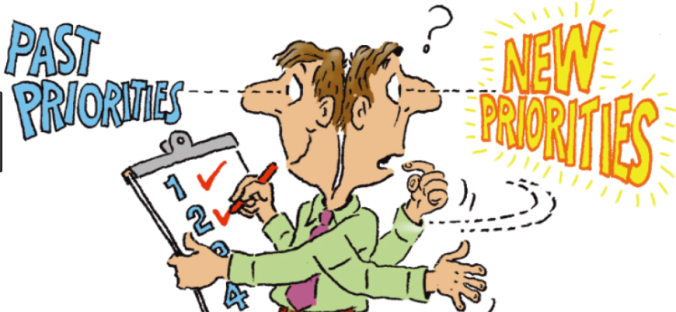





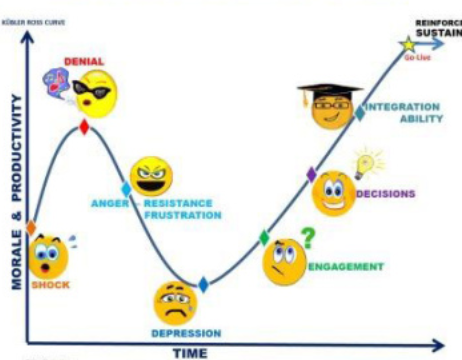






 With migration on the rise, workplace nowadays is becoming increasingly diverse. Today’s workforce consists of people from different ethnic background, experience, nationalities, age groups, etc. It is quite challenging to lead such a diverse workforce. For an organization to be successful in today’s global set up, it should welcome, manage and promote diversity.
With migration on the rise, workplace nowadays is becoming increasingly diverse. Today’s workforce consists of people from different ethnic background, experience, nationalities, age groups, etc. It is quite challenging to lead such a diverse workforce. For an organization to be successful in today’s global set up, it should welcome, manage and promote diversity.






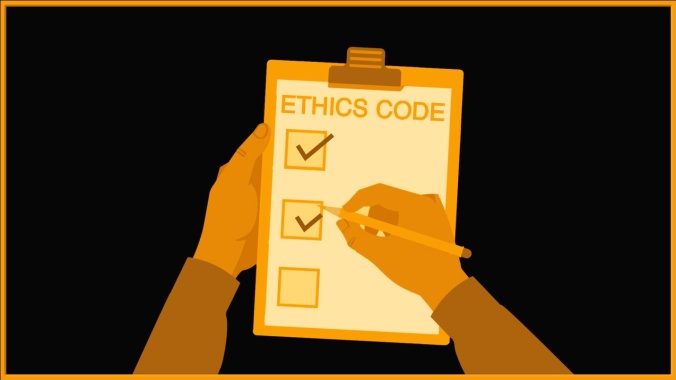

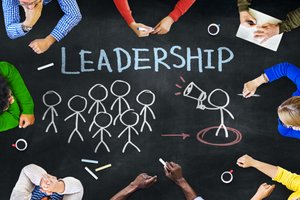 Leadership is very subjective in nature. It stems from the capability of an individual to set up a following among teams or individuals. Every leader has a unique style. It varies from individual to individual. The leadership style of business leaders are influenced by the challenges they face such as digitalization, market fluctuations, employee issues, company size, operating sector etc (Northouse, 2015).
Leadership is very subjective in nature. It stems from the capability of an individual to set up a following among teams or individuals. Every leader has a unique style. It varies from individual to individual. The leadership style of business leaders are influenced by the challenges they face such as digitalization, market fluctuations, employee issues, company size, operating sector etc (Northouse, 2015).


